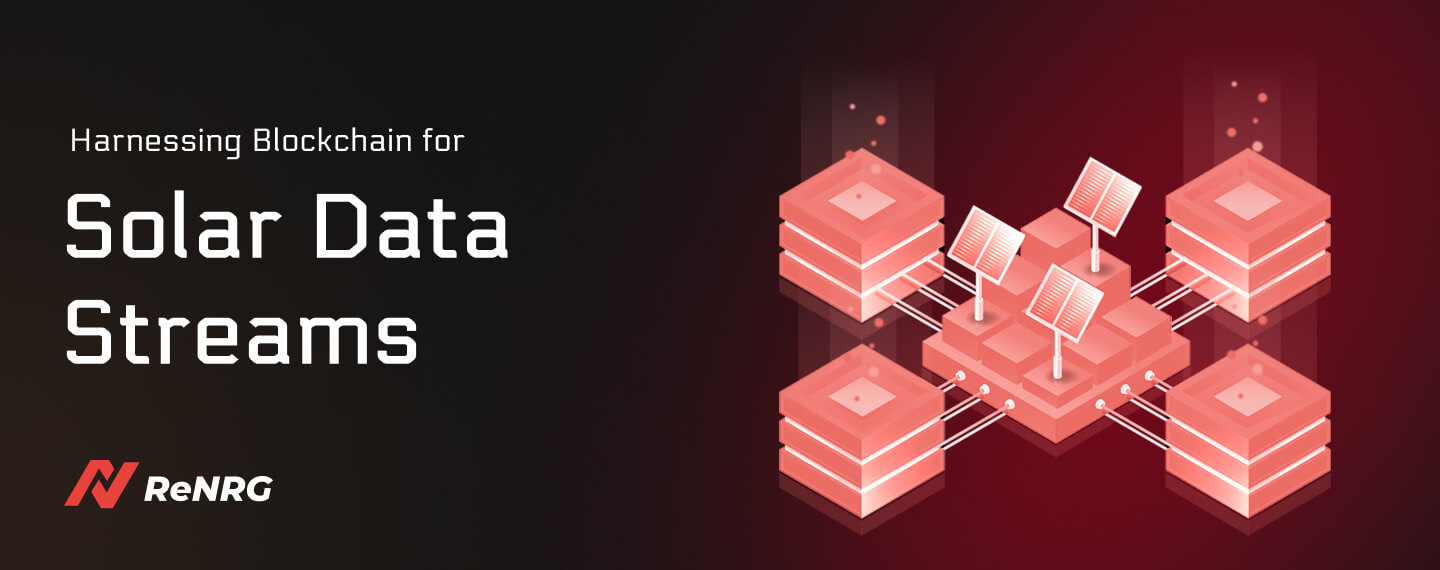Key Takeaways
- Current solar investments rely on simulations due to lack of real performance data.
- Blockchain delivers real-time, tamper-proof solar generation data.
- Proof-of-generation tokens link capital to actual energy output for better efficiency.
The global push towards renewable energy has placed solar power at the forefront of sustainable solutions. However, one significant hurdle in maximizing solar energy’s potential is the lack of transparency in generation data. Even publicly visible solar infrastructures often have privately held generation details, creating challenges for financiers and stakeholders who rely heavily on simulations rather than actual performance data. This is where integrating blockchain technology can revolutionize access to solar data streams, enhancing capital efficiency and accelerating the solar transition.
The Current Challenges of Solar Energy Data
Solar energy generation is heavily influenced by geographical factors such as solar irradiance, local climate conditions, and the efficiency of solar panels. While regions with optimal conditions for solar energy production can achieve high annual outputs, most data regarding actual energy generation remains largely inaccessible due to privacy capital involved in private solar plants.
Key Challenges
- Data Accessibility: Most solar generation data is proprietary, making it difficult for stakeholders to assess potential investments or optimize energy deployment.
- Reliance on Simulations: The efficiency of solar panels varies based on their angle and local irradiance levels. Financiers and investors often depend on simulation tools like PvSyst and Helioscope, which use irradiance data from sources like Meteonorm to estimate potential generation (P90 values). While useful, these are inherently estimates and cannot replace actual performance data.
- Verification Gaps: Without access to real-time data streams, verifying the accuracy of simulations is challenging, leading to potential misallocations of capital and increased investment risk. Without reliable data on actual generation, investors face challenges in determining where and how much capital should be allocated for new projects.
The Role of Blockchain Technology
Enhanced Transparency
Improved Capital Efficiency
Proof of Generation Models
Broader Implications for Renewable Energy
The principles applied to solar energy can also extend to wind energy generation. Similar to solar irradiance, wind patterns vary seasonally and geographically. By connecting wind generation data to a blockchain network, it becomes possible to compare average wind speeds against actual output, further optimizing resource deployment in the renewable sector.
Benefits for Capital Efficiency and Solar Financing
- Enhanced Due Diligence: Investors can perform more accurate due diligence with access to real-time generation data, reducing reliance on estimates.
- Risk Mitigation: Transparent data streams lower the perceived risk, potentially leading to better financing terms and lower cost of capital.
- Performance-Based Incentives: Tokenization allows for the creation of new financial instruments and incentives tied directly to actual performance rather than projections.
- Increased Investor Confidence: The credibility provided by blockchain’s immutable records can attract more investors to the solar sector.
Overcoming Potential Challenges
- Data Privacy and Security: Ensuring that sensitive information remains confidential while sharing necessary data.
- Standardization: Developing industry-wide standards for data reporting and tokenization.
- Regulatory Compliance: Navigating the evolving regulatory landscape surrounding blockchain and energy markets.
The Future of Solar Financing with Blockchain
- Accelerate Renewable Adoption: Improved financing options can lead to more solar projects being developed.
- Innovate Financial Products: New investment vehicles and products can be created, linked directly to energy generation data.
- Enhance Grid Management: Real-time data can aid in better grid management and integration of renewable sources.
Conclusion
Blockchain technology stands to transform the solar industry by making generation data transparent, accessible, and verifiable. This transformation can lead to increased capital efficiency, reduced investment risk, and ultimately, a faster transition to renewable energy sources. As the industry continues to evolve, embracing such technological innovations will be crucial in overcoming current challenges and unlocking new opportunities for growth.
FAQs
Solar energy data is typically held by private plant operators and is not publicly disclosed. This lack of transparency forces financiers to rely on simulations instead of real-world performance metrics, affecting investment accuracy.
Blockchain creates a decentralized, tamper-proof platform where solar generation data can be published in real-time. This transparency helps stakeholders verify actual energy output and make more informed decisions.
A proof-of-generation model uses blockchain to tokenize real electricity generation data. Each token represents a verified unit of energy produced, allowing accurate tracking, reporting, and performance-based financing.
Yes. By providing verified, real-time data, blockchain lowers due diligence costs, improves capital efficiency, and increases investor confidence, leading to better financing terms and reduced perceived risk.

